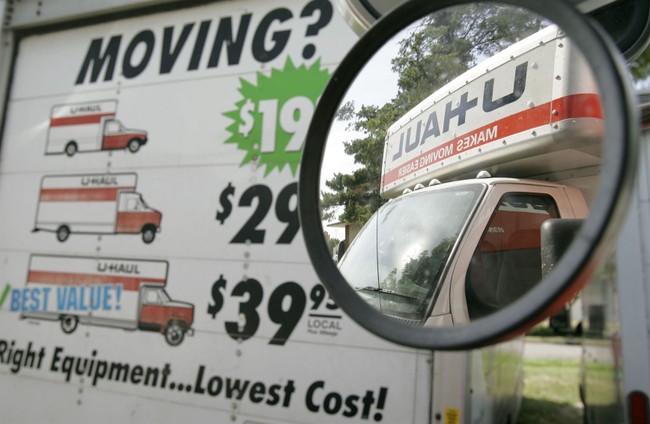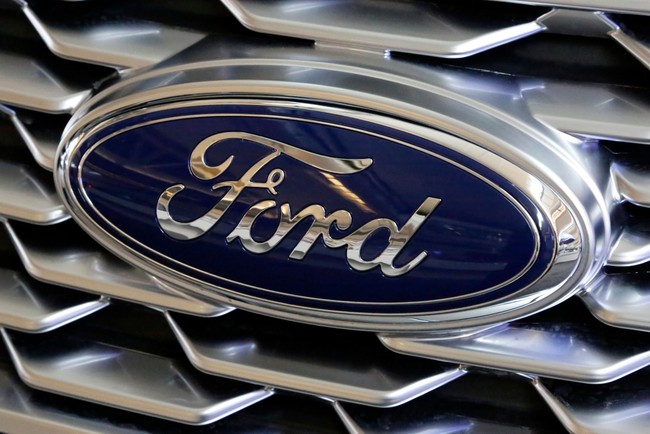
www.godupdates.com
A Prayer for Embracing New Beginnings with Hope – Your Daily Prayer – September 21
A Prayer for Embracing New Beginnings with HopeBy Ashley Moore
Bible Reading"And this hope will not lead to disappointment. For we know how dearly God loves us, because he has given us the Holy Spirit to fill our hearts with his love." – Romans 5:5, NLT
Listen or Read Below:
The other day, I heard a poem that said, "What if everything works out? What if the kids turn out fine and your love for each other lasts?" The poet seemed to nail every incessant worry in my mind and offered a hopeful alternative instead. Sadly, the author's words do not match my knee-jerk thoughts and reactions to new beginnings. More often than not, my brain serves up a platter of what-ifs instead of a heaping helping of hope.
You may relate, and all the mysteriousness of following Christ can make you feel woozy with worry and grasping for certainty. Maybe your family is about to add another baby or grandchild. Anne Lamott said the following about watching her son Sam with his son Jax: "You love your kids way too much to ever feel safe again." No matter what worries you, we all can resonate with her sentiment because we know the depths of depravity and difficulty we and the people we love inevitably face in this life. However, I don't think God wanted us to live in a perpetual state of waiting for the other shoe to drop.
How can we maintain the tension of embracing new beginnings with hope without diminishing our hesitation to believe everything always ends up working out wonderfully?
Without making my answer sound like an easy solution when faced with questions like this, I remember my friend Laura's encouragement to live with an eternal perspective. Laura spent several years wrestling through the book of Ecclesiastes and came away with more conviction than ever that God desires us to live life through an eternal lens. As our key verse reminds us, the hope described in the Bible is not wishful thinking. Unlike the poem I mentioned earlier, the Bible doesn't skirt around the stories where things didn't work out. Consider how Abraham didn't live to see the promise of descendants more numerous than the stars in the sky or how Moses didn't make it into the Promised Land. However, Paul does remind us of a hope we can rest in, one that assures no disappointment. Our key verse speaks of an eternal hope secured by God's love for us and sealed with God's Holy Spirit.
When we get hurt by life’s disappointments, reminders like this can seem trite. Especially when someone offers an ill-timed spiritual platitude or Bible bandaid for your broken heart. Yet, on the other hand, I think about the most devastating realities of my life: loved ones gone too soon, family members who can't seem to recover from their addictions, and the only hope I can cling to is not God changing my circumstances. My hope comes from knowing that for my loved ones in Christ, we experience a complete restoration in our relationship in eternity for all eternity.
For those of us in relationship with Christ, the seal of His Spirit and the promise of no more tears remind us that what breaks our hearts in this life loses its power to do so in the one to come. When we view life through an eternal lens, we can embrace new beginnings with hope instead of worry because, with this much-needed perspective shift, we can be certain everything does work out fine in the end.
Let's Pray:
Dear Lord, Thank you for hope-filled new beginnings. We don't have to falsely hope our situations work out perfectly earthside or carefully anticipate things going sideways because you took care of the worst outcome that could happen to us–eternal separation from you. Thank you for the seal of your Holy Spirit. The comfort of your presence with us right now and forever, ready to care for us in life's devastation and disappointment. Thank you for a steadfast reminder of your love and plans for us. Lord, will you help us view our life circumstances through an eternal lens and our new beginnings with your perspective? Lord, may we hope in you. Amen.
Photo credit: Unsplash/Daiga Ellaby
Ashley Moore is a writer and host of be the twopodcast. She is known for her relatability and for passionately writing and speaking about mental, emotional, and relational health from a biblical worldview. She has written for Kingdom Edge Magazine, Guideposts, Crosswalk, The Secret Place, enLIVEn, The Bubbling Brook and more. If Ashley isn’t writing, you can find her with her husband, three children, and two floppy-eared Goldens on their south Georgia farmland. The best way to connect with Ashley is to grab a free devotional or Bible study and join her newsletter at free.ashleynicolemoore.com.
Related Resource: Remember God’s Enduring Love for You in this Guided Meditation on Psalm 100!
This guided Christian meditation from Psalm 100 will help you experience and praise God for his unending love for you. Become aware of God's presence with you, and praise God for his loyal and enduring love from the beginning of time and into the future. Listen to every episode of the So Much More Podcast on LifeAudio.com, or subscribe on Apple or Spotify so you never miss an episode!
Now that you’ve prayed, are you in need of someone to pray for YOU? Click the button below!
The post A Prayer for Embracing New Beginnings with Hope – Your Daily Prayer – September 21 appeared first on GodUpdates.













